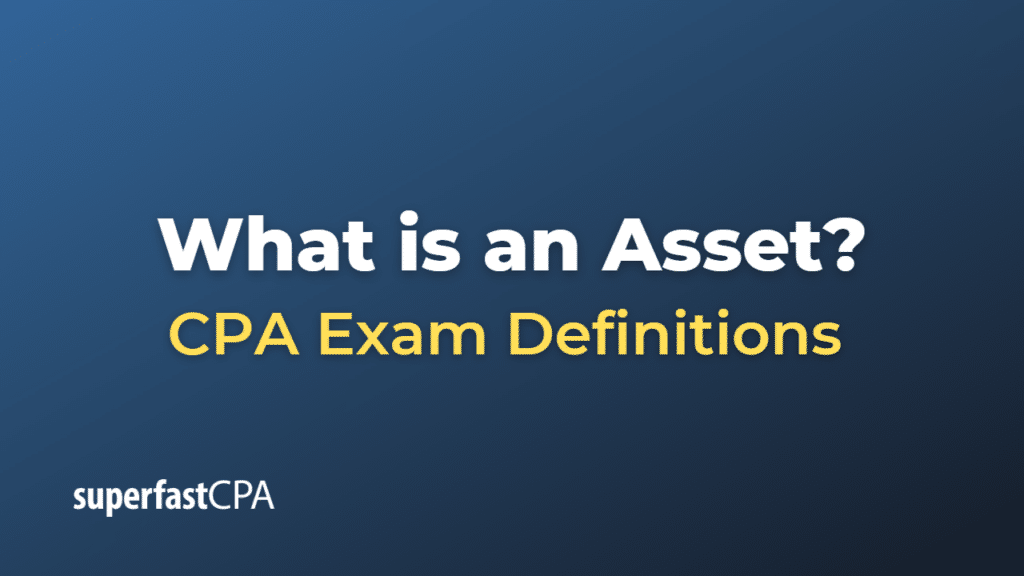Asset
An asset in accounting is a resource that a company or individual owns or controls with the expectation that it will generate future economic benefits. Assets are items of value that can be tangible or intangible and are used to produce goods, provide services, or generate revenue. They are recorded on the balance sheet and are a crucial component of a company’s financial health.
Examples of assets include:
- Cash and cash equivalents: This includes physical cash, checking and savings accounts, and other highly liquid short-term investments.
- Accounts receivable: Money owed to a business by its customers for goods or services rendered.
- Inventory: Raw materials, work-in-progress, and finished goods that a company holds for sale in the ordinary course of business.
- Property, plant, and equipment (PP&E): These are tangible long-term assets, such as buildings, machinery, and vehicles, used in the production process or to provide services.
- Investments: Financial instruments, such as stocks and bonds, held for the purpose of generating income or long-term growth.
- Intangible assets: Non-physical assets, such as patents, trademarks, copyrights, and goodwill, that have value and can contribute to a company’s future earnings.
Assets are generally classified as either current (short-term) or non-current (long-term) depending on their expected life and liquidity. Current assets are expected to be converted into cash or used up within one year or one operating cycle, while non-current assets have a longer life and are not expected to be converted into cash within one year or one operating cycle.
Example of an Asset
Let’s consider a fictional bakery called “Sweet Treats” to illustrate various assets in accounting.
- Cash and cash equivalents: Sweet Treats has $10,000 in its business checking account and $5,000 in a savings account. These are considered cash and cash equivalents and are part of the bakery’s current assets.
- Accounts receivable: Sweet Treats provided a large order of pastries to a corporate event and is still waiting for the $2,000 payment from the client. This amount is considered accounts receivable and is also a current asset.
- Inventory: Sweet Treats has $3,000 worth of raw materials (flour, sugar, etc.), $1,000 worth of work-in-progress (unfinished cakes and pastries), and $4,000 worth of finished goods (baked goods ready for sale). All of these items are part of the bakery’s inventory and are current assets.
- Property, plant, and equipment (PP&E): Sweet Treats owns the building it operates in, valued at $200,000. It also owns baking equipment, such as ovens, mixers, and display cases, valued at $50,000. These are considered non-current assets.
- Investments: Sweet Treats has invested $20,000 in a low-risk mutual fund to generate income over the long-term. This investment is a non-current asset.
- Intangible assets: Sweet Treats has a registered trademark for its logo, valued at $5,000, and a well-established reputation for quality products in the community, creating goodwill valued at $10,000. Both the trademark and goodwill are intangible assets and are considered non-current assets.
In this example, Sweet Treats has a total of $310,000 in assets, with $25,000 in current assets and $285,000 in non-current assets. These assets help the bakery generate revenue and contribute to its financial stability.













